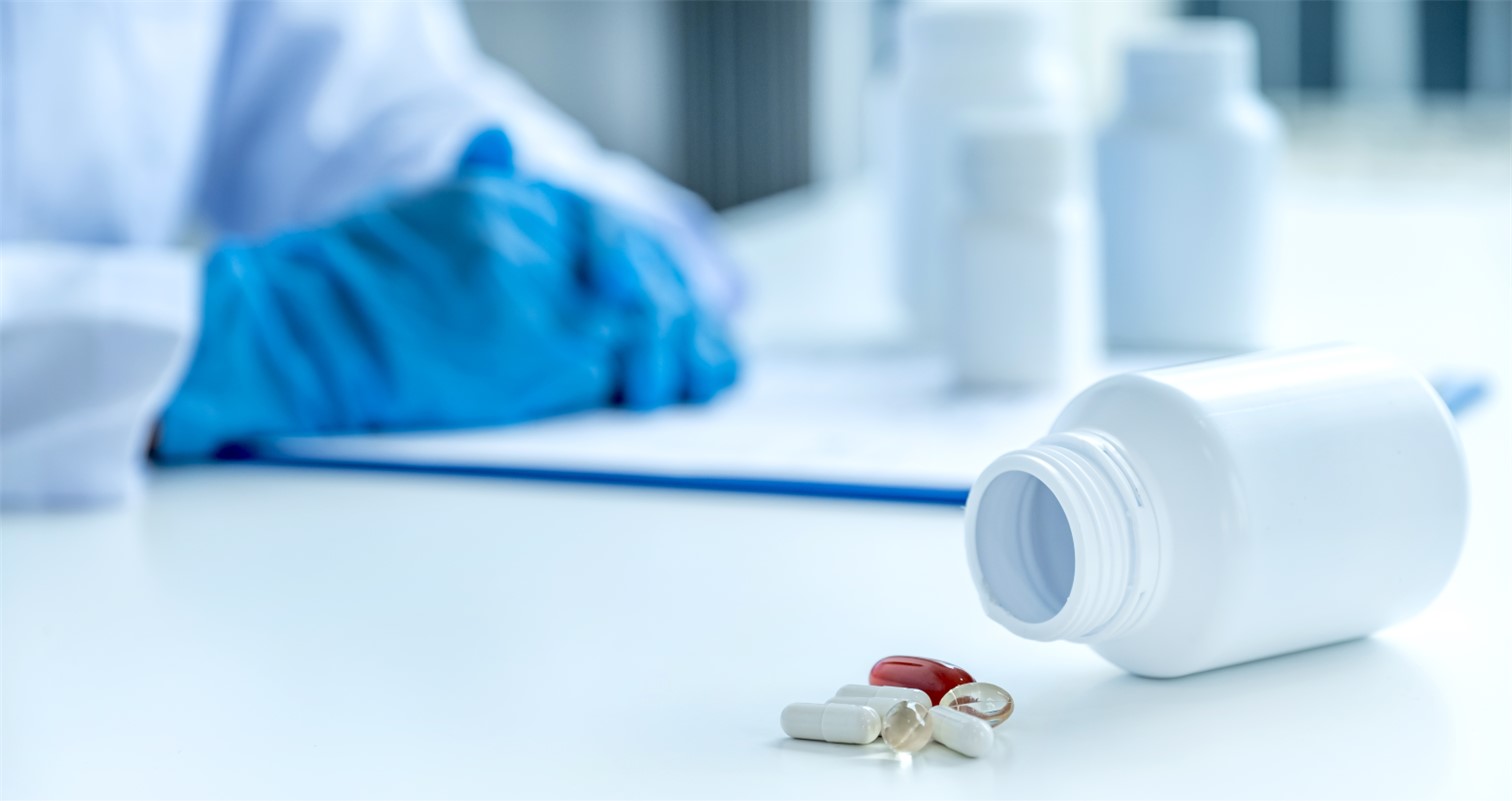
Optimizing Sustained Drug Release
Drug development is a challenge for the global pharmaceutical industry. Conventional-release dosage forms containing active pharmaceutical ingredients whose posology is higher than once per day present several difficulties in adherence and therapeutic efficacy; this is where modified-release dosage forms play a fundamental role.
The concept of “modified release” is used in pharmaceutical forms in which the place or speed at which the active ingredient is released has been modified. Among the advantages we can mention:
- Reduction of the frequency of administration and prolongation of the therapeutic effect to improve patient adherence.
- Reduction of fluctuations in plasma concentrations, maintaining the plasma concentration within the therapeutic threshold.
Sustained and prolonged release matrix-type systems can be designed to achieve release modulation. These are classified according to the nature of their composition:
- Lipophilic – Recommended excipient Glyceryl Dibehenate.
- Hydrophilic – Recommended excipient homo and copolymers of acrylic acid.
Below, we will review each option presented and available at Mathiesen to generate value to their development and deliver the required performance.
Glyceryl Dibehenate and Sustained Release in Drugs: A Promising Innovation
Glyceryl dibenate is a naturally occurring glyceride that can be used for multiple purposes. Depending on the concentration and the pharmaceutical form in which it is found, we could mention the following:
- Sustained-release matrix for tablets and granules.
- Lubricant.
- Flavor masker and active ingredient protector.
- Nanoparticle’s synthesis.
Glyceryl dibehenate is a water-insoluble excipient that does not erode or swell in contact with aqueous media. When used in tablets as a sustained-release matrix-forming agent, it forms an inert matrix through which the drug slowly diffuses; the matrix and size of the tablet do not change during dissolution. Thus, it is suggested that drug release is governed by pure diffusion, and the release kinetics are primarily first-order.
Advantages of Using Glyceryl Dibehenate
Glyceryl dibehenate combines multiple advantages when used as a sustained release matrix forming agent, and this is where we can get the most out of this versatile excipient:
- The release of the drug from the matrix is controlled by diffusion; this facilitates simple product design, including direct modulation of drug release and high reproducibility.
- A matrix of glyceryl dibehenate is not sensitive to physiological variations in pH, digestion, or alcohol (the matrix is not soluble in alcohol and, consequently, the sustained-release matrix is not affected in hydroalcoholic medium, avoiding “dose dumping” phenomena), thus constituting biopharmaceutical safe and robust tablets.
- Dibehenado of glyceride allows versatile manufacturing processes, favors the optimization of the production process, and offers room for innovation in the development of solid oral dosage forms.
Acrylic Acid Polymers – Efficient drug manufacturing processes and excellent performance.
They correspond to high molecular weight acrylic acid polymers, are chemically cross-linked, insoluble in water, and inert for the organism. They are eliminated in the feces, making them a very safe matrix.
Acrylic acid polymers are capable of forming very efficient matrices, controlling the release of the drug by diffusion through the gel layer, evidencing the following processes: first, there will be water penetration, and then there will be hydration and “swelling” of the polymer, moving on to the phase of solution and diffusion of the drug into the medium, and finally, there will be processes of erosion of the matrix.
Key benefits of using these polymers:
- They are highly efficient at low polymer concentration levels (typical use ranges from 5-30%), resulting in smaller tablet sizes.
- They provide flexibility to achieve a target release profile. It can be used alone or in synergy with other grades of acrylic acid polymers or commonly used controlled-release excipients.
- They can be used in all types of manufacturing processes, wet or dry granulation, and in direct compression, providing considerable benefits to the fluidity and speed of production processes.
- They provide excellent hardness and low friability over a wide compression range, forces that do not affect the release of the active ingredient.
- They give formulations unique functional attributes such as bioadhesion and flavor masking for bad-tasting actives.
- They have a global pharmacopoeial monograph and are supported by Drug Master Files (DMFs) in the United States and Europe.
Each method has advantages and challenges. The right choice depends on multiple factors.
Mathiesen’s Pharmaceutical clients can trust that, through our representatives, we will provide them with innovative and effective options to meet their patient’s needs, as it is about leveraging the ever-advancing science to improve quality of life through more precise and effective drug therapies.
For any request, do not hesitate to contact us. We provide the support you need to take your developments to maximum performance.















